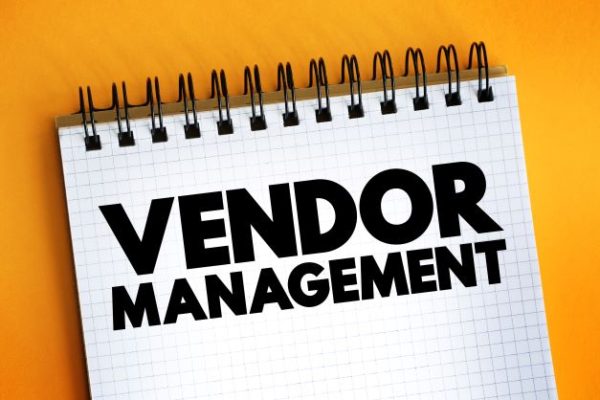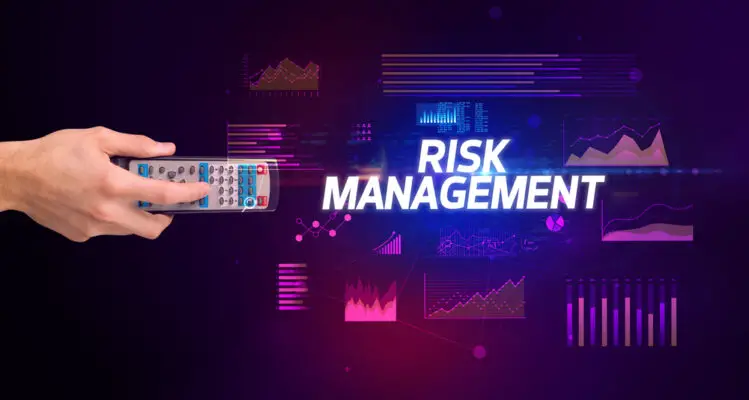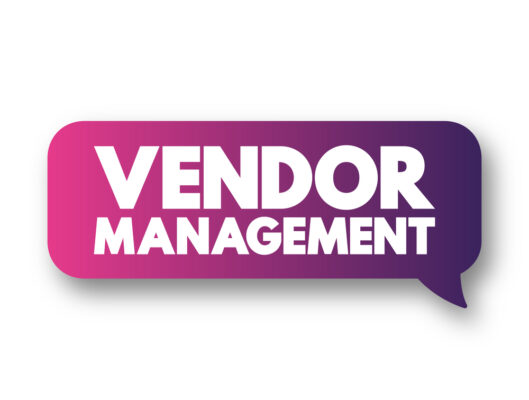What Metrics to Track?
Financial stability, regulatory compliance, and ethical practices are the metrics used to measure risk exposure and operational resilience.
Risk evaluation, supply chain and initial risk assessment, compliance metrics, and risk identification will help you identify and manage risks. Tracking these metrics is key to a robust vendor management framework and your reputation.
Automating will help with operational efficiency, informed decision-making, and tracking performance throughout the vendor lifecycle.

Knowing and using the right metrics is key to a vendor risk management team. See below for more on vendor risk management metrics.
Summary
- Financial stability metrics measure vendor solvency.
- Compliance metrics monitor compliance.
- Ethical practice metrics measure vendor integrity.
- Risk assessment metrics identify risks.
- Supply chain metrics measure vendor resilience.
Vendor Risk Management Metrics
KPIs in risk management often involve looking at financial stability, regulatory compliance, and ethical practices.
What are Vendor Risk Management Metrics
How do you measure and assess the risks associated with your third-party vendors and suppliers?
Vendor risk management metrics help identify and evaluate the risks that can impact the organization. By using these metrics, you can enhance your vendor risk monitoring and management program, find high-risk areas, and mitigate vendor risks.
Vendor risk management metrics include risk assessment, supply chain assessment, compliance metrics, and risk identification.
These metrics provide a framework to understand and manage the risks associated with third-party relationships and maintain operational resilience and your reputation.
KPIs in Risk Management
KPIs are the benchmarks to measure and manage vendor risk within the organization. In vendor risk management, KPIs are the key to measuring the effectiveness of your vendor risk management program.
These metrics, such as vendor risk scores and third-party risk metrics, will give you insights into the level of risk of different vendors. You can track and measure these KPIs by using vendor management software to improve your risk management.
Monitoring KPIs is key to a robust vendor risk management framework and to proactively reacting to risks. Using the right metrics is key to successful vendor risk management programs.
Third-Party Risk Management Program
A third-party risk management program involves identifying Key Risk Indicators (KRIs) and setting up metrics to measure and mitigate risks.
Organizations can improve their own risk management processes and vendor relationships by setting clear guidelines and measuring performance indicators.
Knowing your KRIs and setting up metrics is key to a third-party risk management program.
KRIs
A third-party risk management program relies on thoroughly identifying KRIs to react to risks proactively. KRIs look into the future in areas where the risk exposure may increase.
For example, a ‘Vendor Risk Score’ based on financial stability and cybersecurity can be a KRI. These indicators are an early warning system that alerts the risk team to intervene before risks become major issues.
Setting up Metrics
Effective vendor risk management is about setting up and implementing metrics that are relevant to your organization and risk profile, with realistic targets based on industry standards, historical data, and specific objectives.
KPIs are key to measuring vendor performance and evaluating the vendor relationship.
You can improve vendor performance management and supplier interactions by measuring vendor performance metrics such as product quality, on-time delivery, pricing, and risk assessment.
Setting up vendor management KPIs will allow you to make informed decisions, mitigate risks, and continuously improve vendor performance.
You must measure vendor performance regularly to ensure vendor management is aligned with organizational objectives and contributes to overall operational resilience.
Metrics Driven Third Party Risk Management
Organizations need to set clear enterprise objectives that are aligned with their overall business strategy to implement a metrics-driven approach to manage third party risks third-party risk management.
Metrics must be harmonized across the entire Third Party Risk Management (TPRM) lifecycle to ensure consistency in measuring vendor performance and risk levels.
Enterprise Objectives
Setting enterprise objectives by implementing a metrics-driven approach to third-party risk management is a foundational step led by the Enterprise Risk Council.
This phase involves setting key metrics for the third-party risk metrics, third-party risk reporting, initial and operational metrics, and vendor risk due diligence and risk assessments.
Objectives include compliance, reducing cybersecurity risks, protecting sensitive data, reducing financial and operational risks, promoting reputation, and making informed decisions.
The Enterprise Risk Council is key to aligning these objectives to regulatory standards and business goals to deliver TPRM at scale to improve operational efficiency and risk management practices.
Metrics Across the TPRM Lifecycle
When implementing a metrics-driven approach to Third Party Risk Management, the focus shifts to harmonizing metrics across the TPRM lifecycle.
This harmonization involves standardizing and synchronizing risk metrics and KPIs across all stages of the vendor management process.
You can simplify risk management by aligning these metrics improving vendor performance and third-party relationships.
Measuring metrics such as compliance rates, vendor KPIs, and overall risk assessments is key to managing third-party risk.
This approach improves operational efficiency, data security, and regulatory compliance across the vendor lifecycle.

Third-Party Risk Measurement
You must do a risk assessment to manage your third party risks third-party risks and identify weaknesses.
Automating vendor risk management metrics allows you to monitor vendor performance and address risks as they emerge.
Risk Assessment
Measuring and managing third-party risk means you need to do a risk assessment in vendor management.
You need to assess your unique third-party landscape, prioritize high-risk relationships for due diligence, and monitor and triage all third-party relationships present third-party relationships to focus on the highest-risk ones.
By doing a risk assessment, you will comply with regulations and industry standards and protect your business units against disruptions.
These assessments will also highlight where additional controls or mitigations are needed to mitigate potential risks further.
In a changing regulatory landscape, staying ahead of the risk assessment is key to maintaining third-party relationships and operational resilience for these high-risk vendors.
Automating Vendor Risk Management Metrics
Using automated tools to monitor and measure vendor risk management metrics improves operational efficiency and decision-making in managing third-party risk.
You can track performance across the vendor lifecycle by automating metrics so vendor management is efficient.
Vendor risk management automation gives you a full view of risks and opportunities to make informed decisions to improve your vendor risk management.
Tools like Start can track key risk indicators (KRIs) and key performance indicators (KPIs) so you can control and manage multiple vendor relationships.
With automation, you can simplify processes, reduce workload, and improve the overall vendor risk management program.
FAQs
What are KPIs for Vendor Managers?
Key performance indicators (KPIs) for vendor management are product quality, lead time, pricing, innovation, and risk assessment. Measuring these KPIs means efficient operations, optimized supplier relationships, and cost savings.
What are the Vendor Performance Metrics?
Vendor performance metrics are product quality, quantity, on-time delivery, pricing, lead time, discounts, innovation, risk assessment, and customer service.
Measuring these metrics is key to evaluating vendor performance, optimizing relationships, and operational efficiency.
How do you measure Vendor Performance?
Measuring vendor performance means tracking metrics such as product quality, on-time delivery, pricing, innovation, risk assessment, and customer service.
Using vendor scorecards and centralized platforms to measure performance and optimize supplier relationships and operational efficiency.
How do you measure Vendor Performance?
Measuring vendor performance means analyzing product quality, delivery accuracy, pricing, lead times, innovation, and customer service metrics.
By tracking these indicators, you can assess supplier effectiveness, relationships, and operational efficiency.

Summary
Tracking key performance indicators (KPIs) in vendor management means optimizing procurement processes and ensuring organizational success.
You can measure vendor performance and improve supplier relationships and operational efficiency by monitoring product quality, supply quantity, pricing, and customer service metrics.
Implementing a metrics-driven approach allows for better decision-making and risk management, ultimately leading to cost-effectiveness and improved business outcomes.

Chris Ekai is a Risk Management expert with over 10 years of experience in the field. He has a Master’s(MSc) degree in Risk Management from University of Portsmouth and is a CPA and Finance professional. He currently works as a Content Manager at Risk Publishing, writing about Enterprise Risk Management, Business Continuity Management and Project Management.

